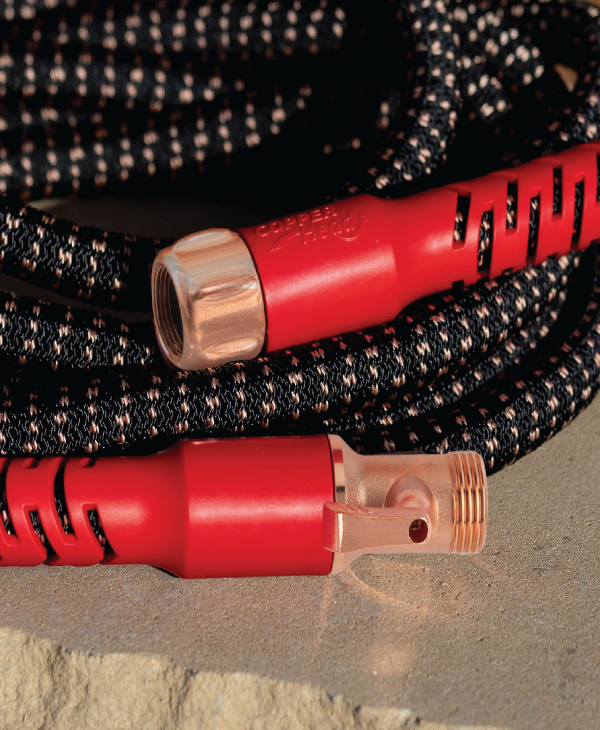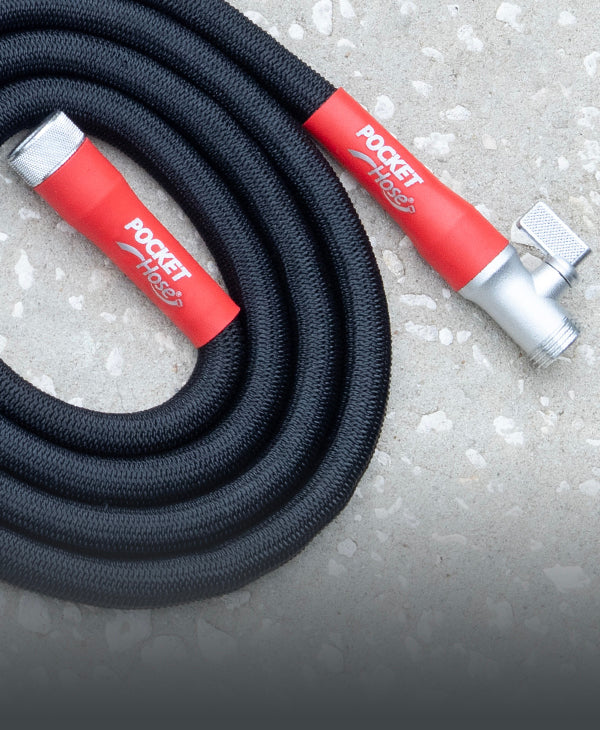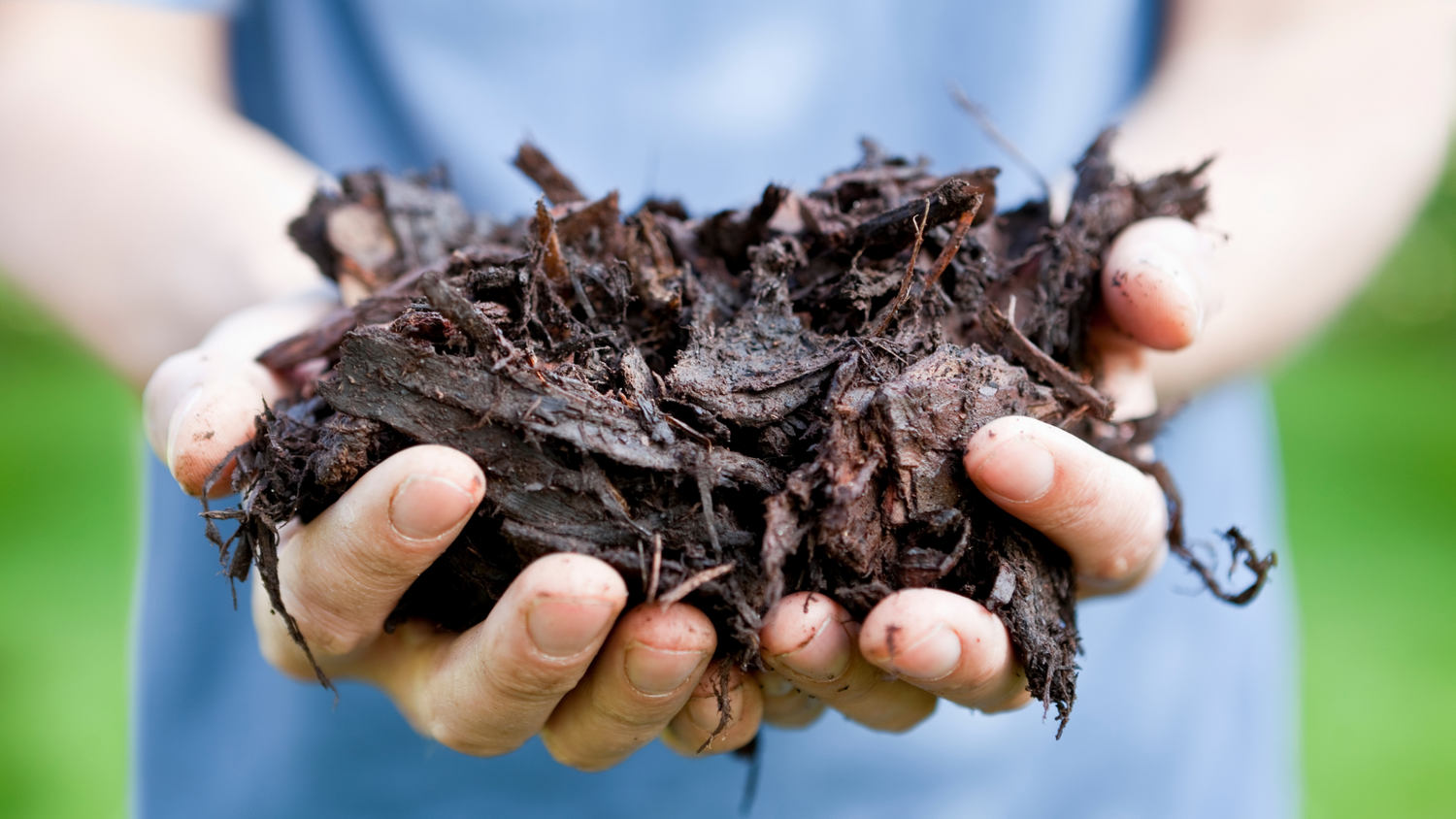Mulching is a foundational gardening technique, serving a myriad of functions from moisture retention to weed suppression. It can also improve soil health and make your garden beds look more attractive. However, when applied incorrectly, mulch can harm plants and detract from your garden's health and beauty.
Understanding the importance of applying layers of mulch properly can significantly impact your gardening success. Here are nine crucial ways to avoid the most common mulching mistakes and ensure your garden thrives.
1. Choosing the Right Mulch
Not all mulch suits every garden or plant type. The first step in avoiding mulch-related mishaps is selecting the right type of mulch for your needs. Organic mulches, such as wood chips, straw, and leaf mold, break down to enrich the soil and encourage beneficial microbial activity. Inorganic mulches, like stones or rubber chips, can be suitable for certain decorative purposes or in areas where durability is necessary, but they don't offer the same soil health benefits as organic options.
2. Avoiding Mulch Volcanoes
One of the most visually striking yet harmful mulching mistakes is the creation of "mulch volcanoes" — where mulch is piled high against the tree trunk or the base of a plant. This practice can lead to moisture buildup around the stem, causing rot and inviting disease and pests. To prevent this, ensure that mulch is applied in a donut shape around the base of trees and shrubs, leaving a gap around the trunk.
3. Correct Mulch Depth
Achieving the proper depth when applying layers of mulch is critical. Too thin, and the mulch will not effectively suppress weeds or retain soil moisture. Too thick, and you risk suffocating plant roots, reducing oxygen availability, and encouraging the growth of mold or fungi. Generally, a 2-3 inch layer of mulch is sufficient for most applications, though specific requirements may vary depending on the mulch type and the plants you're growing.
4. Timing Mulch Application
Timing is everything when it comes to mulching. Applying mulch too early in the spring can slow the warming of the soil, delaying plant growth. Conversely, applying it too late can mean your soil and plants miss out on the benefits of mulch during crucial early growth stages. The best time for mulching is usually once the soil has sufficiently warmed in late spring.
5. Consideration of Mulch Deterioration and Renewal
Organic mulches break down over time, which is beneficial for soil health but also requires replenishment regularly. An annual check-up of your garden's mulch situation can help determine if additional layers of mulch are needed. Remember, it's not just about adding more on top; sometimes, it's necessary to remove old, compacted layers or mix them into the soil before applying fresh mulch.
6. Avoiding Contaminated Mulch
Be careful where you source your mulch. Some mulches, especially those that are free or very cheap, can contain harmful substances, such as pesticides, herbicides, or even diseases that can be detrimental to your garden. Always obtain mulch from a reputable source, and when in doubt, opt for premium, certified mulches that are safe for your particular garden setting.
7. Using Mulch Around Vegetables and Annuals
Vegetable gardens and annual flower beds benefit greatly from mulching, but the approach should differ slightly. These plants have different needs compared to perennials or trees. A lighter, more nutrient-rich mulch, like straw or finely shredded leaves, can provide the benefits without overwhelming these more delicate plants. Also, consider timing the mulch application to give seeds or young plants a chance to establish first.
8. Monitoring Moisture Levels
Layers of mulch are excellent for retaining moisture in the soil, which reduces the need for frequent watering. However, it's essential to monitor soil moisture levels to prevent over-watering. Too much moisture can be as harmful as too little, leading to root rot and fungal diseases. Use a soil moisture meter or dig down with your finger to check the moisture level under the mulch to ensure your plants receive the optimal amount of water.
9. Steering Clear of Non-Biodegradable Materials
Avoid using non-biodegradable materials like plastic as mulch in your garden. While they may seem convenient for weed suppression, they can hinder water and air from reaching the soil and roots. Furthermore, as these materials break down, they can leach chemicals into the soil, potentially harming plant and soil health.
Final Thoughts
Applying layers of mulch is more art than science, requiring careful consideration of the type, timing, and technique used. By avoiding these nine common mistakes, gardeners can significantly enhance their garden's health, aesthetics, and productivity. Remember, the goal of mulch is to benefit the soil and plants. With the right approach, layers of mulch can create a healthy, vibrant garden environment that supports plant life from the ground up, ensuring your gardening efforts are successful and rewarding.






Leave a comment
This site is protected by hCaptcha and the hCaptcha Privacy Policy and Terms of Service apply.